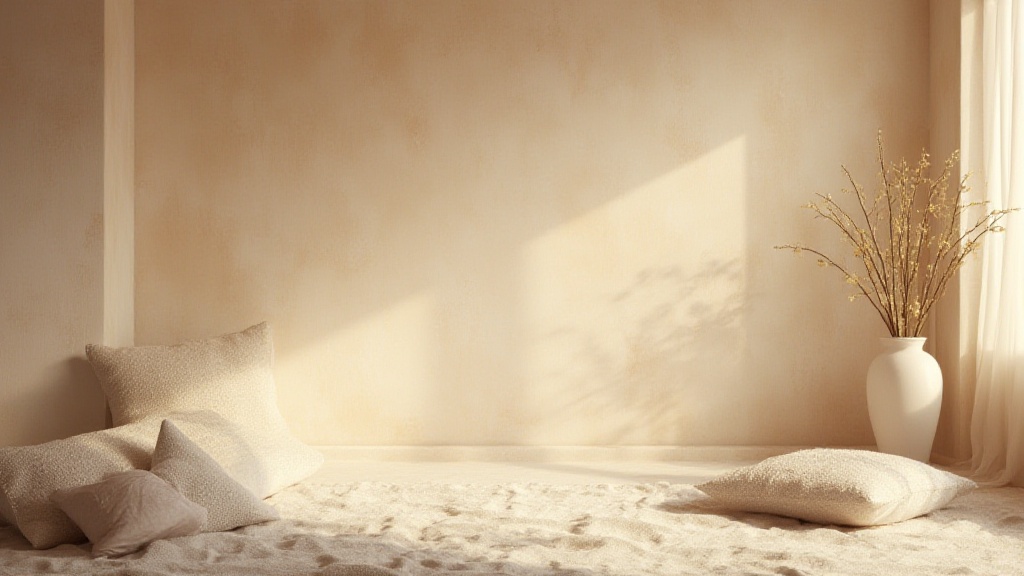
Effective practice of Progressive Muscle Relaxation (PMR) serves as a powerful method for achieving stress relief. Begin by selecting a quiet environment that minimizes distractions.
First, take a few deep breaths to center your focus.
Then, systematically tense and relax each muscle group, starting from your toes and progressing up to your head.
This approach facilitates muscle tension release while enhancing body awareness. Regular engagement in PMR can lead to significant improvements in mental clarity and bolster emotional health.
By incorporating PMR into your daily routine, you can effectively manage anxiety and cultivate a state of tranquility.
Grasping Progressive Muscle Relaxation Techniques
The foundation of Progressive Muscle Relaxation (PMR) lies in its design as a stress management tool, developed by Dr. Edmund Jacobson in the 1920s.
This method emphasizes the alternation of tension and relaxation across different muscle groups, which promotes physical relaxation and effective anxiety management.
During these relaxation sessions, muscles respond by releasing accumulated tension, subsequently lowering stress hormone levels in the body.
For a simple PMR exercise:
- Find a comfortable position in a quiet environment.
- Begin with your toes: tense them tightly for a few seconds, then release.
- Progress through each muscle group, paying close attention to the sensations of tension and relaxation.
This process not only enhances your awareness of bodily sensations but also enriches the overall mindfulness experience. Through the practice of PMR, you can enhance both your mental focus and your emotional awareness, contributing to your overall wellness strategies.

How To Release Muscle Tension Effectively
Releasing muscle tension is essential for maintaining overall health, as stress frequently contributes to physical discomfort. To effectively achieve muscle tension release, it is important to recognize areas of tightness through techniques such as a body scan.
These awareness exercises enable individuals to identify specific muscle groups that require attention.
Incorporating various relaxation techniques into your daily routine, including deep breathing techniques and gentle stretching, can promote muscle tension relief.
Consider establishing a time for Progressive Muscle Relaxation (PMR), which systematically relaxes muscle groups. By integrating these practices, individuals can foster both physical relaxation and emotional well-being.
What Are The Benefits Of PMR
The effectiveness of Progressive Muscle Relaxation (PMR) offers significant benefits that can improve both mental and physical health.
Regular practice of PMR has been shown to:.
- Reduce anxiety levels, aiding in stress management.
- Enhance emotional health, leading to improved overall well-being.
- Improve sleep quality, which contributes to better mental clarity.
According to a study, 80% of participants experienced lower stress levels after consistent PMR sessions.
These health benefits may also extend to reduced blood pressure and muscle pain, illustrating that PMR serves as a powerful tool for achieving holistic wellness and tension reduction.
Progressive Muscle Relaxation (PMR)
- Studies indicate that PMR can lead to a 50% reduction in anxiety levels.
- Regular PMR practice has been linked to a 30% improvement in sleep quality.
- Research shows that participants practicing PMR report a 40% decrease in muscle tension and pain.
- PMR can lower blood pressure by an average of 10 mmHg in individuals with hypertension.
Incorporating Deep Breathing Techniques In PMR
Integrating deep breathing into your Progressive Muscle Relaxation (PMR) routine enhances overall relaxation and promotes a tranquil state of mind. To effectively combine these practices, follow the steps outlined below:.
- Step 1: Find a comfortable position, either sitting or lying down.
- Step 2: Inhale deeply through your nose, allowing the abdomen to expand fully.
- Step 3: Hold your breath for a count of four, concentrating on the sensations throughout your body.
- Step 4: Exhale slowly through your mouth, consciously releasing muscle tension as you breathe out.
- Step 5: Repeat this cycle, harmonizing your breathing with the relaxation exercises performed.
For instance, the 4-7-8 breathing pattern is beneficial: inhale for four seconds, hold for seven seconds, and exhale for eight seconds. This technique, when synchronized with PMR, enhances relaxation and facilitates deeper muscle tension release.
How To Create A Quiet Environment For Relaxation
A peaceful environment is essential for optimizing the effectiveness of PMR practices. Several elements contribute to establishing a calming space:.
- Lighting: Use soft, warm lighting to create a soothing atmosphere; blackout curtains can help minimize distractions.
- Sound: Opt for quiet or tranquil background sounds, such as soft music or nature sounds, to enhance focus during relaxation sessions.
- Comfort: Ensure comfortable seating or surfaces for lying down, while maintaining a temperature that supports physical relaxation.
To minimize distractions during PMR sessions, turn off electronic devices that could interrupt your practice. Inform those around you about your relaxation time to aid in maintaining a quiet environment.
Establishing a ritual, such as lighting a candle or using essential oils, can signal the beginning of your relaxation routine, further enhancing your ability to focus.
Deep Breathing and PMR
- Deep breathing techniques can lower stress levels and promote relaxation by activating the body’s parasympathetic nervous system.
- Studies show that combining deep breathing with relaxation exercises can enhance overall mental clarity and emotional well-being.
- Creating a calming environment can significantly increase the effectiveness of relaxation techniques, leading to better outcomes in stress management.
- Regular practice of PMR and deep breathing can improve sleep quality and reduce symptoms of anxiety and depression.
Exploring Guided Relaxation Methods
Guided relaxation encompasses a variety of techniques aimed at promoting deep calmness and reducing stress. This practice has gained significant attention for its effectiveness in enhancing mental well-being and aiding anxiety management.
Utilizing relaxation audio formats stands out as one popular method, offering users easy access to beneficial resources.
Audio recordings, available on various platforms, often feature soothing music or nature sounds that enhance the overall experience.
Benefits of Guided Relaxation
Engaging in these guided PMR sessions helps users participate in relaxation exercises that can promote muscle tension release and emotional health.
Studies indicate that stress relief can occur through structured sessions, allowing individuals to integrate these practices into their daily routines. Regular engagement offers notable health benefits, including mental clarity and improved focus.
Formats of Audio for Relaxation
Listening to relaxation audio can significantly enhance the effectiveness of these techniques.
Various formats include guided imagery, deep breathing techniques, and progressive relaxation sessions. Each format serves to create a calm atmosphere, which is crucial for achieving the desired relaxation state.
Users can select from many therapeutic practices that suit their preferences, enabling effective stress management.
Incorporating guided relaxation techniques into your routine can yield profound benefits for both mental and physical well-being.
These calming techniques, which may include mindfulness meditation and body awareness exercises, can enhance emotional awareness while fostering tranquility.
By practicing in a quiet environment, individuals can maximize the effectiveness of their relaxation sessions, which is essential for holistic wellness.
Guided Relaxation
- Guided relaxation techniques are effective in reducing anxiety and promoting mental well-being.
- Regular practice of guided relaxation can lead to improved mental clarity and focus.
- Listening to relaxation audio enhances the effectiveness of relaxation techniques.
- Practicing in a quiet environment maximizes the benefits of relaxation sessions for holistic wellness.
